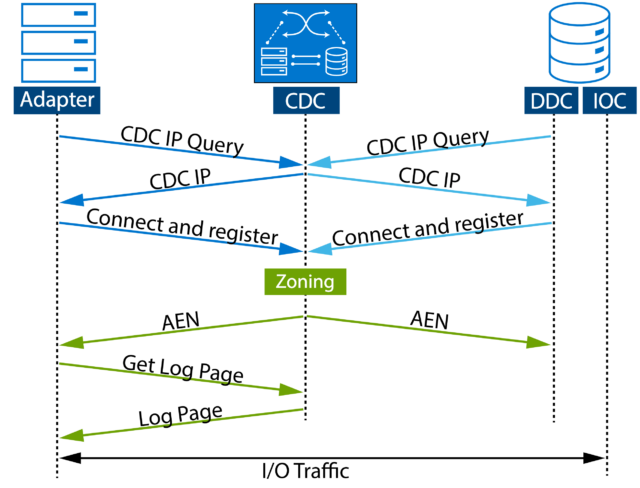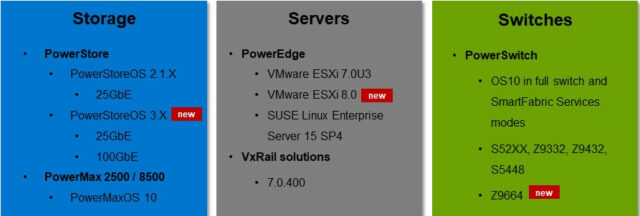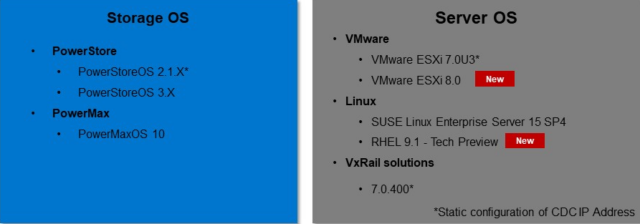Why Automated Discovery Changes the Game for NVMe/TCP
- December 20, 2022
Back in August, I wrote about how you can boost your workload performance with an NVMe IP SAN and how Dell Technologies helps simplify adoption by validating the components used within the NVMe/TCP ecosystem and providing automation with SmartFabric Storage Software. In this post, I want to focus on the automated discovery, our secret sauce to simplify the deployment.
When deploying NVMe/TCP, organizations often face a common challenge: managing connectivity between the host and storage array. This is due to the considerable amount of work involved, including manually configuring each host to point at the appropriate array-based Discovery Controller, monitoring the established connections and remediating any connectivity failures that may occur.
SmartFabric Storage Software (SFSS) removes the need for configuring each host interface to each storage interface one-by-one. Instead, host and subsystems automatically discover the SFSS instance and register with it. SFSS then acts as a broker to help establish communication between the hosts and subsystems. Customers can configure the host and subsystem relationships via zoning, just as with Fibre Channel (FC).
Ease of deployment, especially in medium and large enterprise environments, is a principal reason some users prefer FC over other IP-based technologies, despite the cost-saving potential and performance improvement. For network infrastructure deployment, Ethernet costs is up to 89% less than FC in some solutions.¹
In addition, a standards-based discovery service such as SFSS, that is scalable and automated, is a big boost for other operating environments (e.g., Edge and Cloud).
The existing discovery approach for NVMe/TCP requires customers to repeat the following three steps on all hosts for each subsystem. First, the host admin connects the host to a Discovery Controller at a specific IP Address. Next, the storage admin provisions Namespaces (storage volumes) to the host NQN. Only then can the host admin now discover and connect to the I/O Controllers on that subsystem.
This process might work well in smaller fabrics with a few dozen host and storage endpoints. However, manually configuring and discovering each storage subsystem on a host quickly becomes difficult and error-prone for administrators as fabrics scale.
With the new, standards-based, Centralized Discovery that includes support for automated discovery, after the initial setup, users only need to repeat steps two and three below for each host on each subsystem. This cuts the deployment time while minimizing potential errors.

Dell Technologies continues its commitment to simplifying our customers’ ability to benefit from NVMe/TCP. The new December release expanded the validated ecosystem to PowerStore running PowerStoreOS 3.X. PowerEdge running VMware ESXi 8.0 and PowerSwitch Z9664.

As for deployment automation, SmartFabric Storage Software now supports VMware ESXi 8.0 and RHEL 9.1 (Tech Preview), with a complete list of OS support below.

Dell Technologies is excited about our progress and committed to helping customers improve workload performance while saving costs with NVMe/TCP Technology. Read our NVMe IP SAN solution brief and SmartFabric Storage Software Spec Sheet to learn more, and visit our website to see how you can start today.
1 Based on Dell internal research calculation (Sep 2022). Actual results may vary.